Home > Knowledge center
Dairy Farming Articles - Afimilk Knowledge Center
Read dairy farming articles in our blog to learn more about the different aspects of running a dairy farm - automation, business analysis, advanced tools and more.
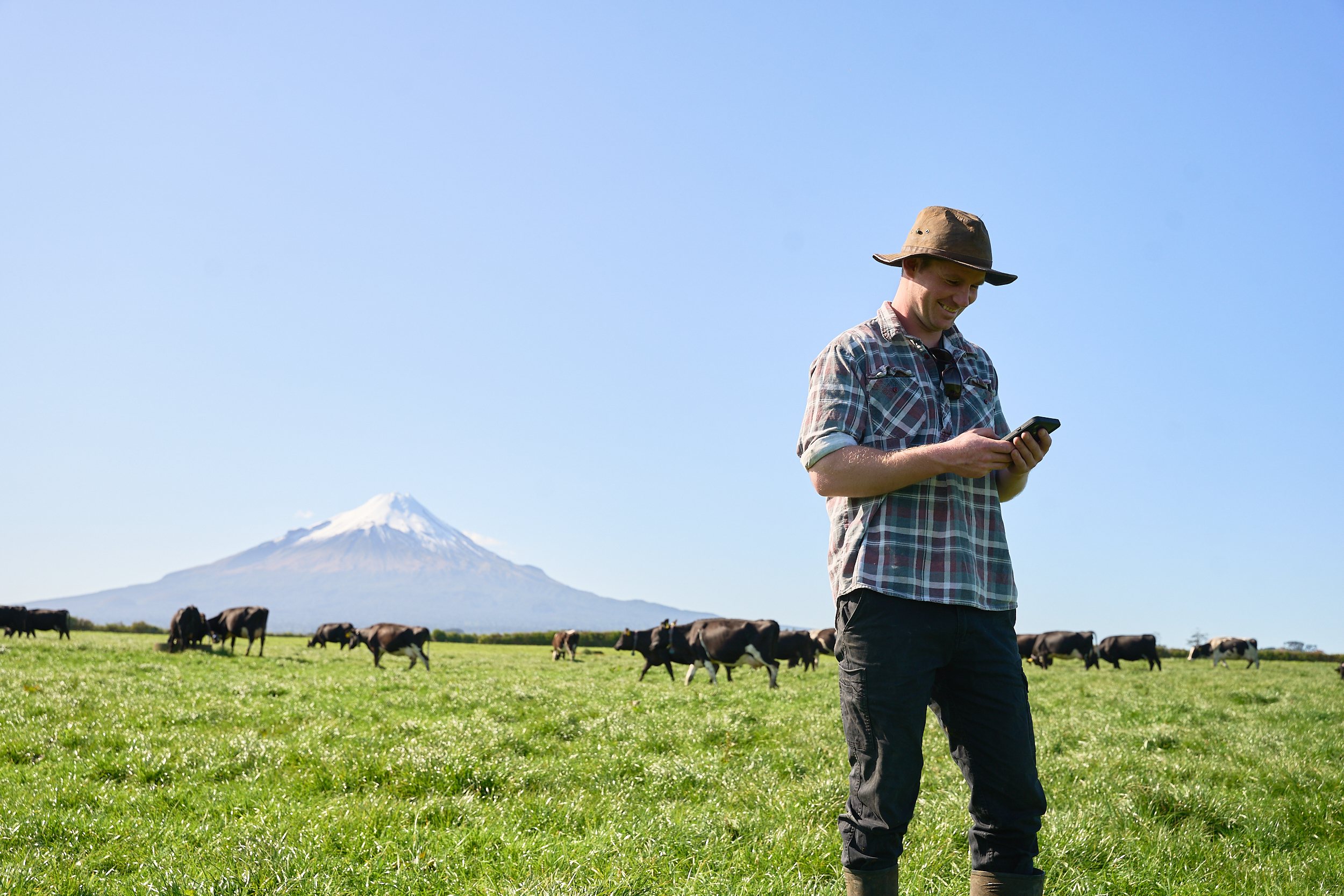
Poole’s Brothers Farm:A Journey from Tail Painting to Hi-Tech Precision with AfiCollar
For Isaac Poole, AfiCollars have transformed how he and his team work. With the AfiCollars giving them all the information they need to make breeding and medical decisions and Afi2Go Prime putting it at their fingertips, not only does a day on the farm look very different compared to two years ago, but they are operating more efficiently too. Running this large operation has been made much easier for Poole Brothers farms and can be for you, too.
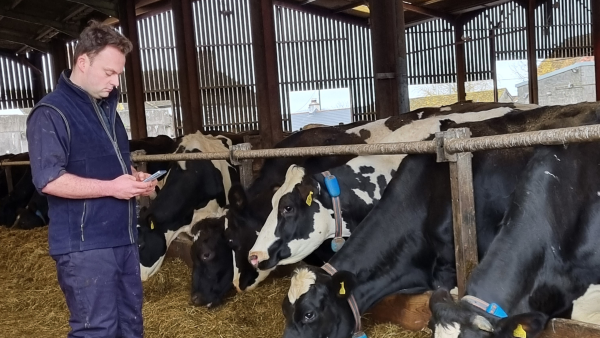
Farm Management In Your Pocket
Life on Charcroft Farm changed dramatically the day Tom Hiscock won the cow collars and started using them alongside Afi2Go Prime. Tom always has a handle on exactly what work is being done and who is doing it, and he can make changes on the fly in response to real-time situations without any undue stress.
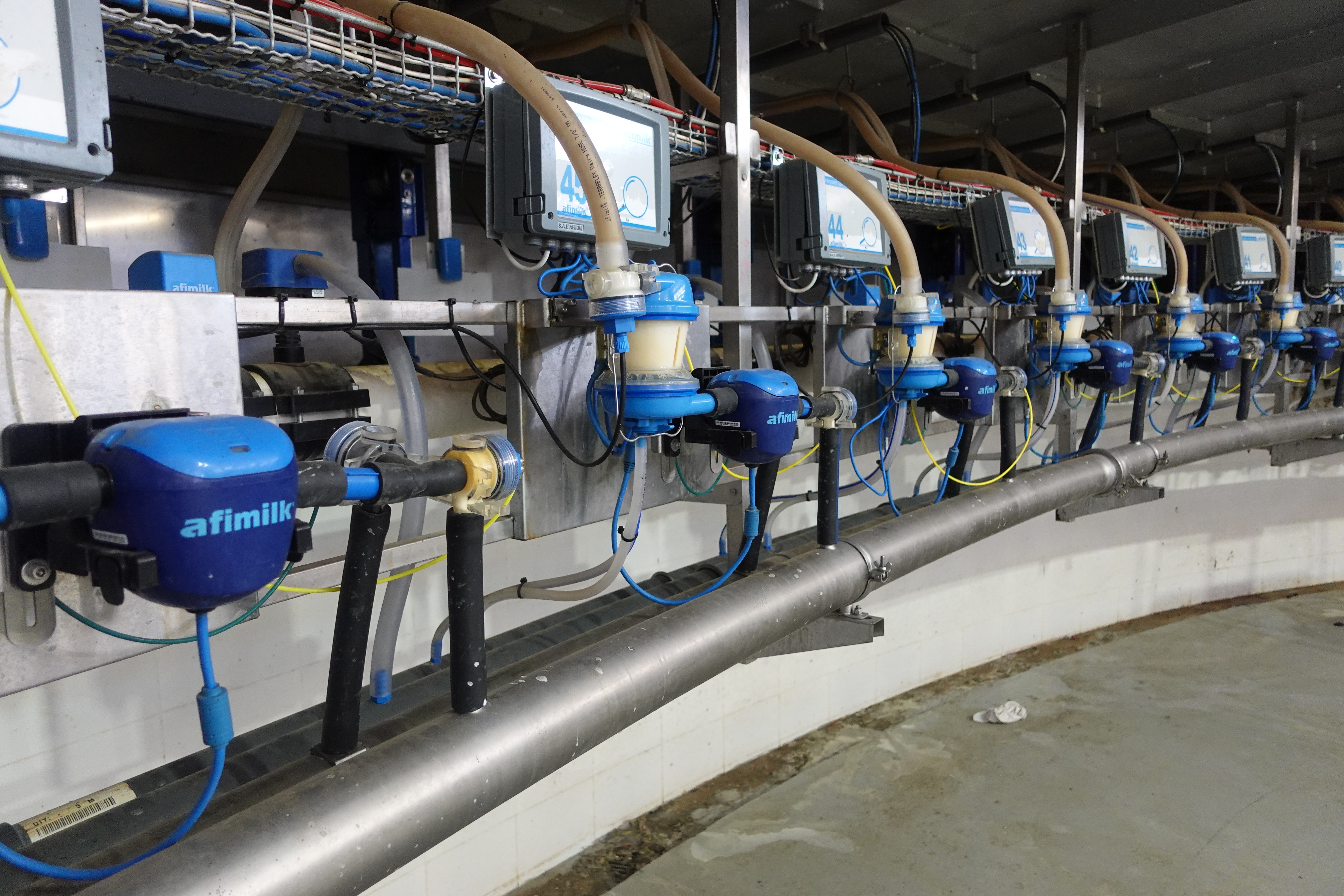
Damage control! How accurate and timely detection of subclinical ketosis reduces the impact of this widespread disease.
A dairy farm that can rapidly, accurately, and non-invasively detect all cases of subclinical ketosis (without the inconvenience and expense of carrying out repeated strip testing) will be a more profitable as well as more efficient farm. Sub-clinical ketosis detection through the AfiLab system is proven reliable, accurate, and fast and is revolutionizing the way that dairy farms across the world detect and manage this pervasive disease.
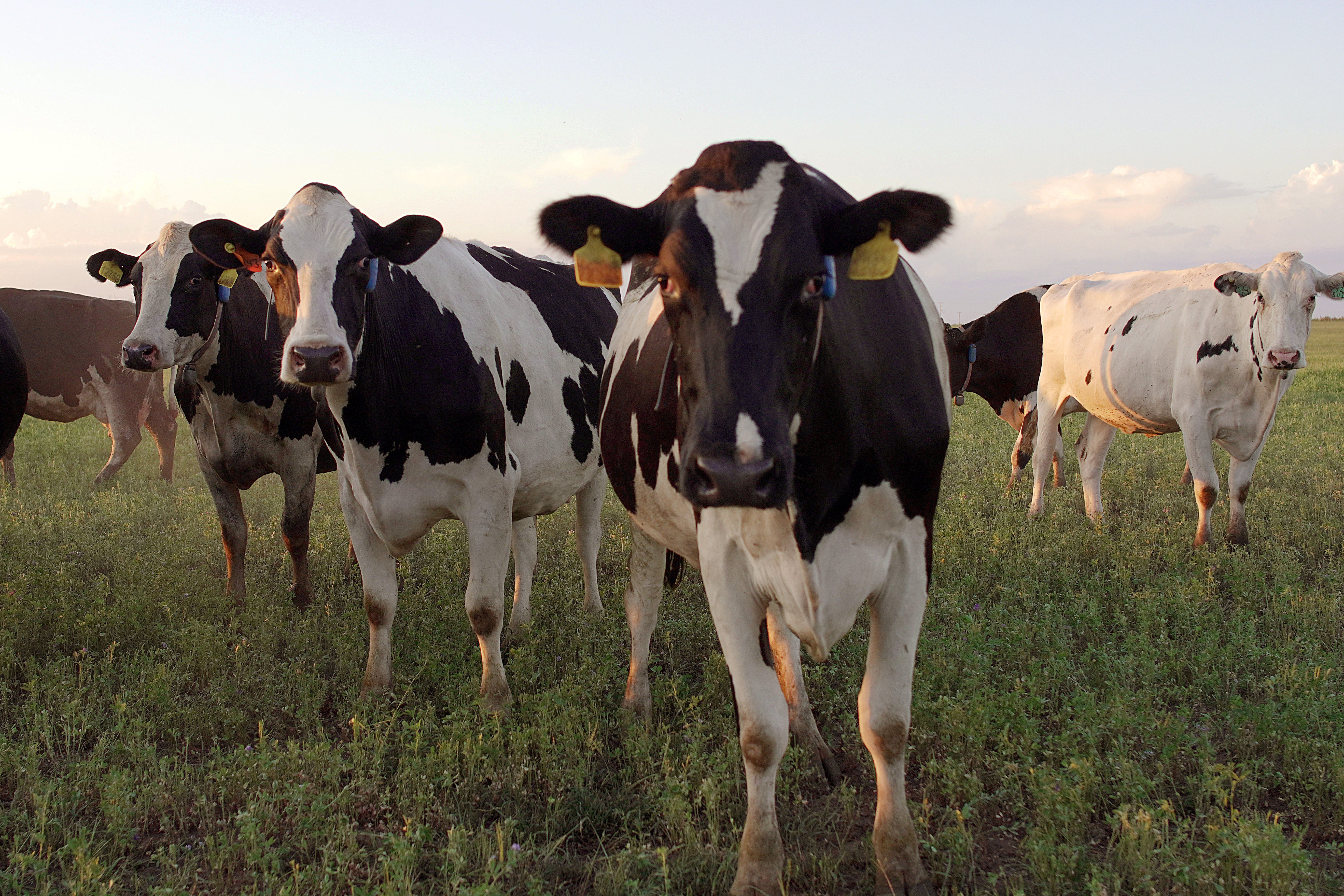
Informed Management of Transition Cows Aids in Maximizing Production Potential
managing transition cows is critical to help your herd achieve its maximum potential and avoid significant production losses through the rest of their lactation. Afimilk provides accurate, reliable tools that can not only find cows that are not increasing milk production as expected, but can detect subclinical ketosis and other health issues, allowing for early intervention at all stages of lactation.

The Crisis of Mastitis-How technology can help farmers tackle dairy farm’s most serious health issue.
Mastitis is infectious, often fast-spreading and has devastating impacts on your cow population and profits. Alongside any diagnostic tools used, keeping accurate and detailed records about the nature and cause of any mastitis outbreaks on your dairy farm will help you provide effective treatments in a timely manner. It will also help you understand how your farm compares to industry norms and decide whether you need to change your milking protocol or improve general hygiene.
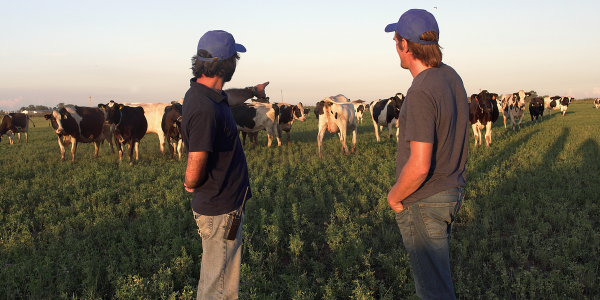
Beat the Heat: How to Detect and Manage Heat Stress in Cows
To keep your cows comfortable and optimally productive at all times, you need to monitor their conditions continuously. This is especially true in the summer months or in countries with warmer climates. However, with global warming raising its head, this can be relevant anywhere and at any time of year.
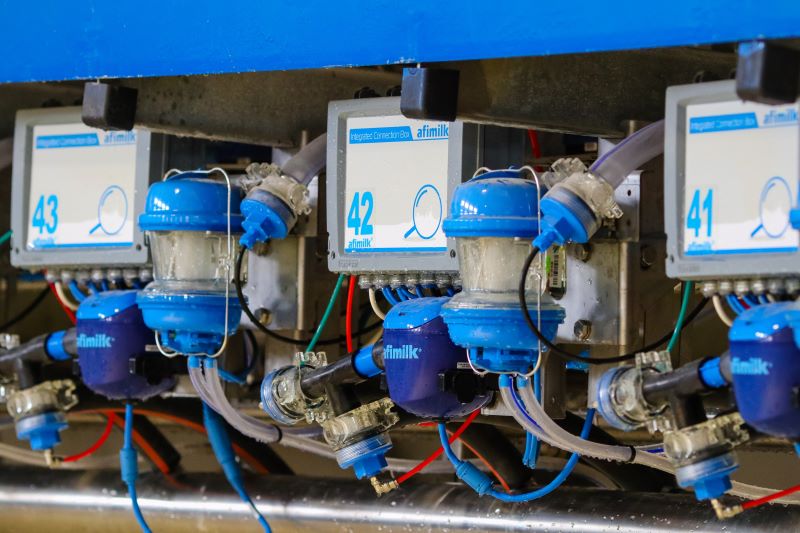
Mastitis detection and the proper use of conductivity
In order to give your cows, the quickest way to recovery from mastitis, it’s important to detect it early. In most cases, indications of mastitis have come from observing swelling or noticing some flakes in the cow’s milk.
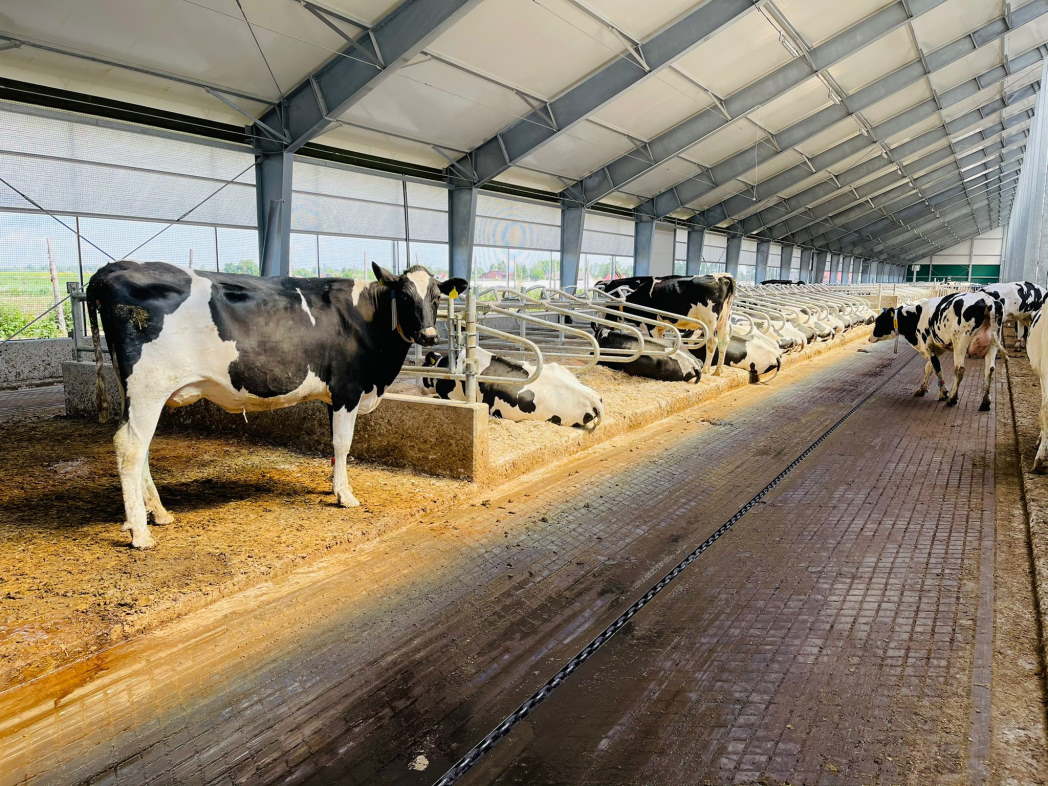
Animal Welfare & Afimilk
Animal welfare is a primary criterion of social sustainability. With sustainability being a pillar of our core values, Afimilk works together with farmers who provide the best welfare possible to their herds, supplementing them with tools and best practices for improving animal care.

If Milk Could Talk! – Important Things You Can Learn By Using A Milk Meter
If you read the previous article in this series, you already know that a milk meter can be a valuable tool in your armory, giving you detailed data about each cow’s milk production to support better decision-making on the farm. Just using the solution at face value – to compare quantity and quality of milk to historical norms – is valuable in itself, but there is more you can deduce from Afimilk’s MPC milk meter when you understand how to interpret the data.
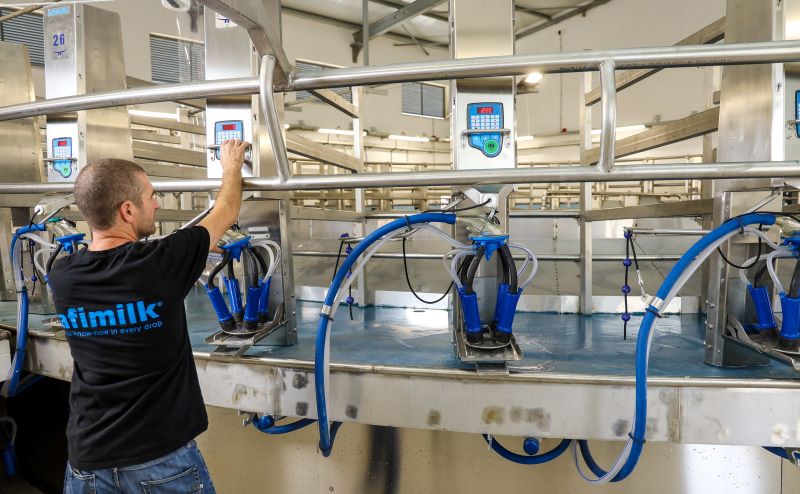
Why Every 21st Century Dairy Farm Needs A Milk Meter
The Afimilk MPC used alongside Afifarm’s farm management solution provides an abundance of historic and current information about each cow. It is this level of detail that will help you take your management decisions into a higher league so you can truly maximize your productivity and profits.
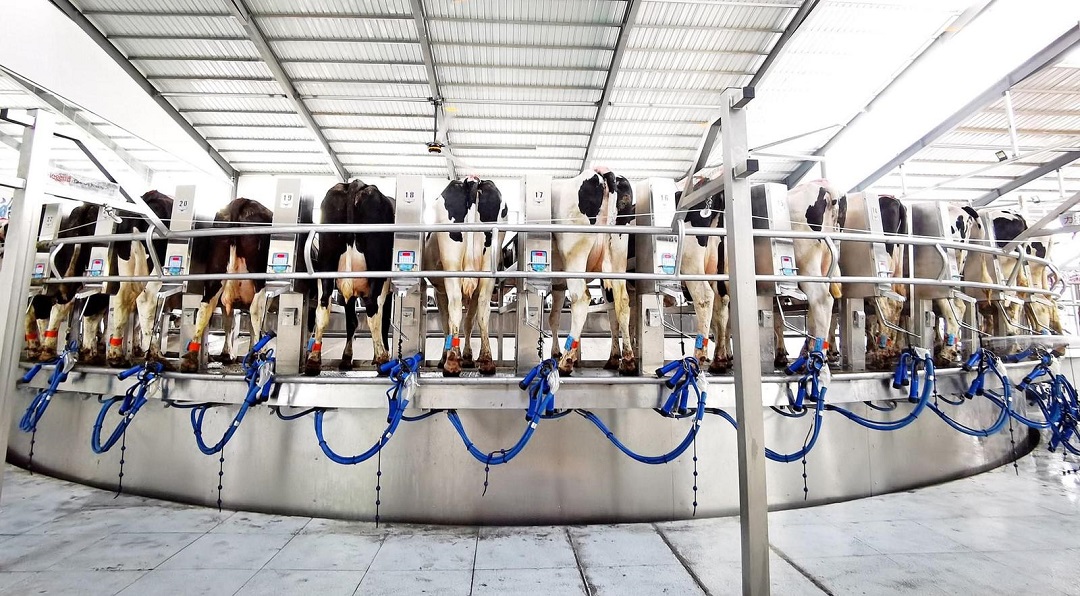
Leveraging Automation to Increase Milking Parlor Efficiency
The milking parlor is the heart of every dairy farm. A mismanaged parlor can negatively impact a farm’s critical areas of profitability, including an increase in cases of mastitis in cows, chronic teat problems and other health issues that can influence fertility, feed efficiency and welfare – ultimately ending in lost milk and lost revenue.

Precision dairy farming: How technology can benefit dairy herd management
Increasing dairy herd size, shortage of available workers and rising labor costs has made it increasingly difficult for producers to provide specific attention to each individual animal. Due to these changes in the dynamics of herds size and production per animal, as well as the growing concerns surrounding animal welfare, the dairy industry has become one of the leading adopters of precision technology.
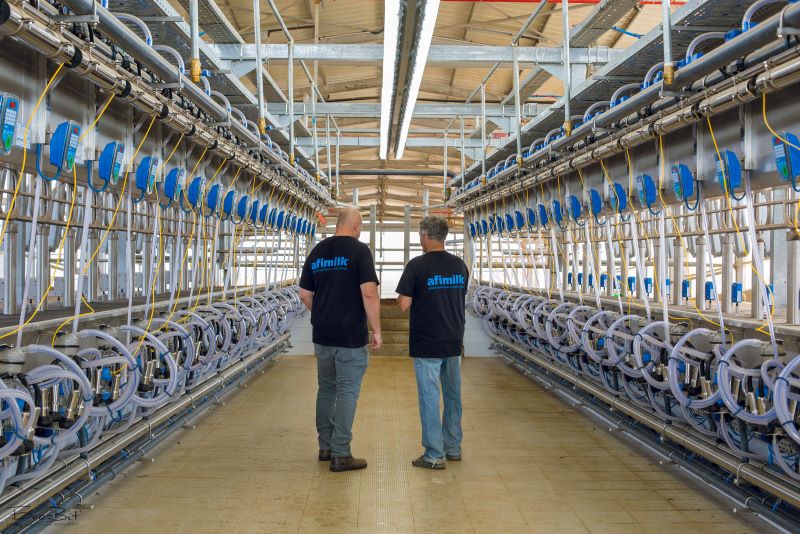
10 Insights to Boost Your Milking Parlor’s Performance
In this blog, we focus on Afimilk’s MPC – a highly advanced milk meter that collects detailed minute-by-minute data from your parlor. You can use this data to evaluate your existing milking protocol, spot inefficiencies, and remediate issues.
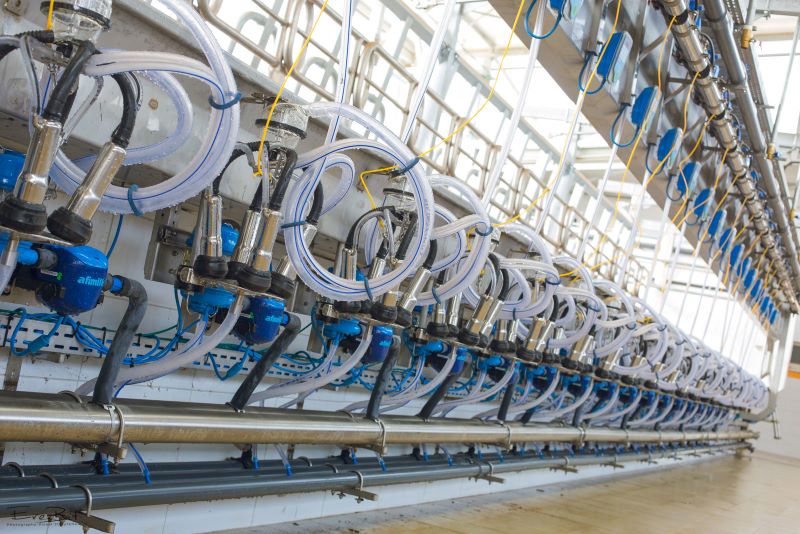
Best Practices For Increased Milking Parlor Revenue
Data is the key to improving your farm’s efficiency and boosting your bottom line but to get the most of your data, you need to have the tools to analyze it. Using Afimilk’s MPC in conjunction with the milk efficiency module in Afifarm presents you with data that makes it easy for you to quickly glean practical information at a glance, with the option to delve deeper into the data if you wish.
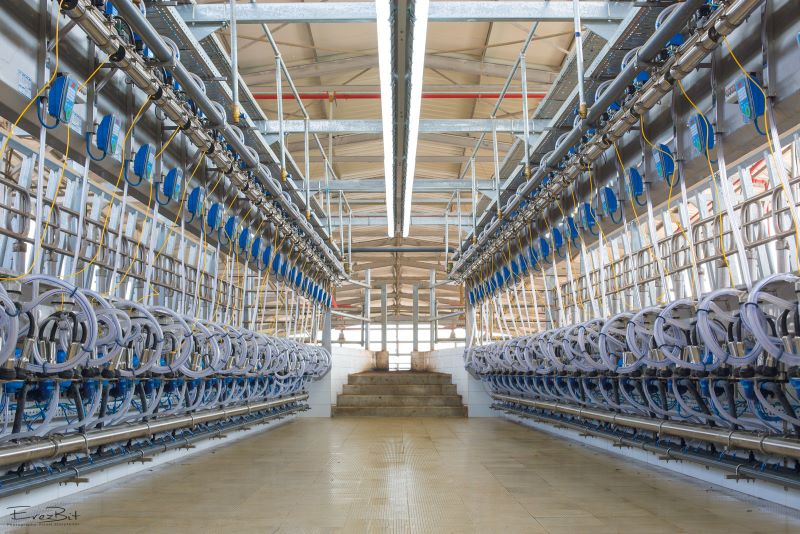
Unlocking the Hidden Value in Your Milk Parlor
Dairy farm so it makes sense to focus significant attention on the milk parlor when looking for ways to boost your farm’s profitability. By using milk monitoring tools, you can collect vast amounts of milking data and store it for later analysis. The best parlor solutions provide an accurate snapshot of what is going on day to day in the milking parlor down to the individual cow level, giving you the information you need to evaluate your milking protocols and plan for a more efficient future.

Afi2Go: A Paperless Farm is an Efficient Farm
Is there anything your smartphone can’t do?
With Afi2Go Prime, your smartphone can add farm management to its repertoire!
Read our newest blog post and learn how this simple but powerful mobile app can turn your farm into a model of paperless efficiency
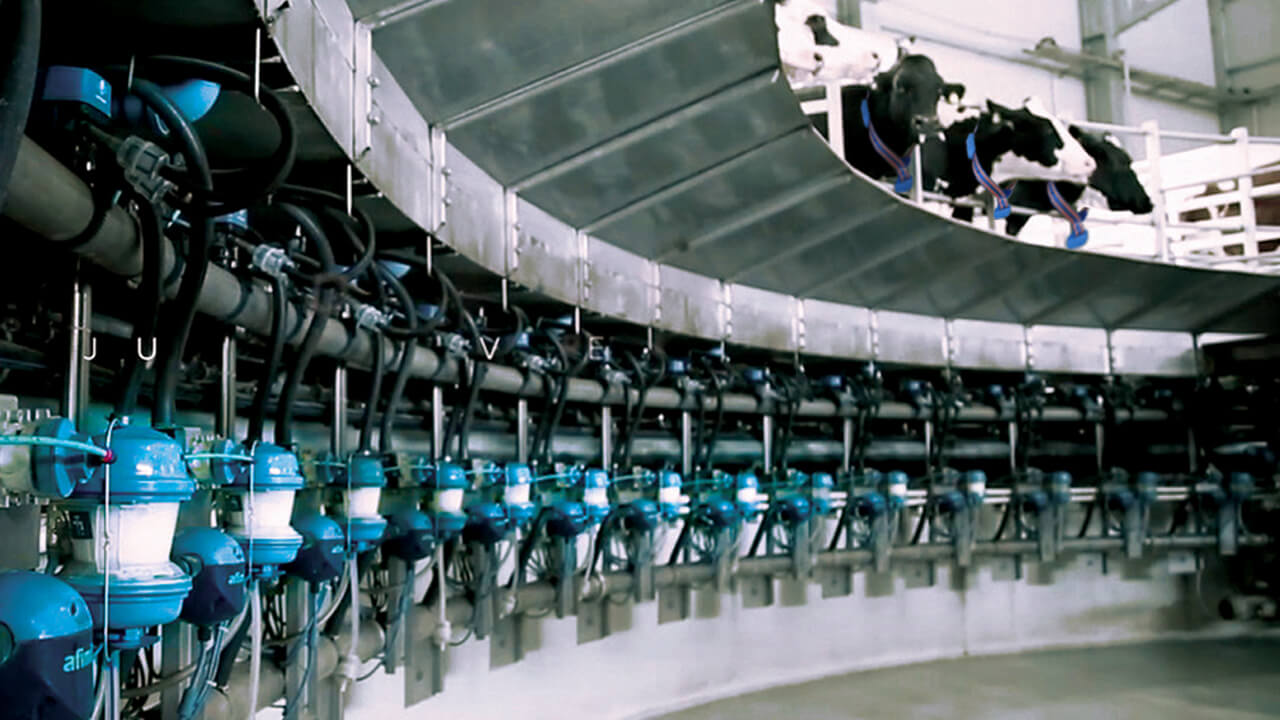
AfiCollar and AfiLab Uncovered How Costly a Cup of Coffee Can Be
When it comes to herd management, there’s countless variables that can negatively impact performance and profitability. And the root cause isn’t always easy to see.
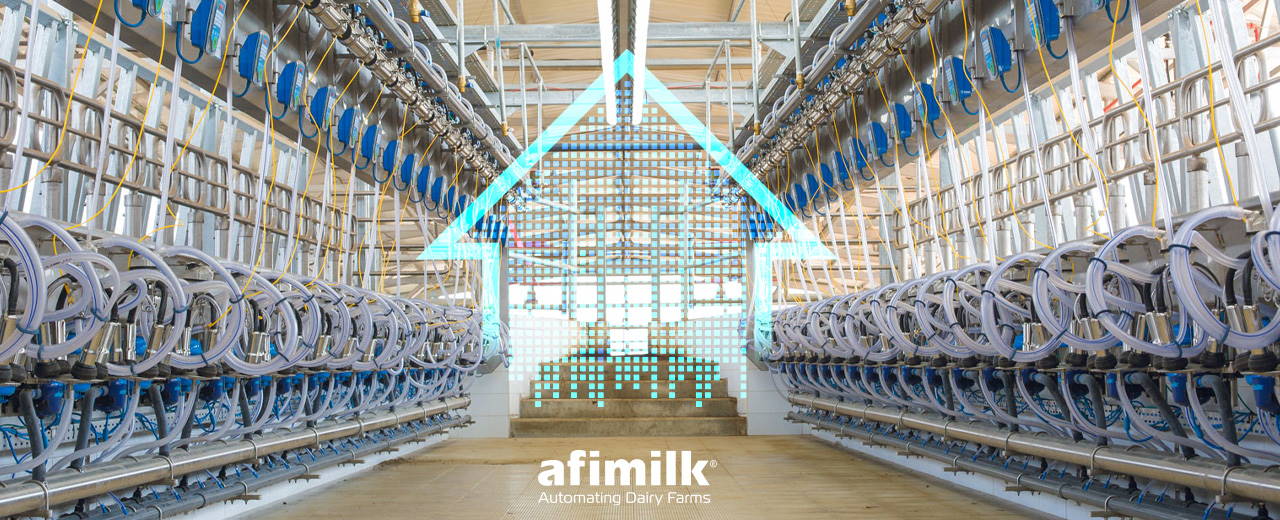
Time to Automate Your Dairy Farm!
If you’re ready to automate your farm or you want to ramp up your automation, check out some of the Afimilk products mentioned in this article and explore how they can help you achieve your goals.
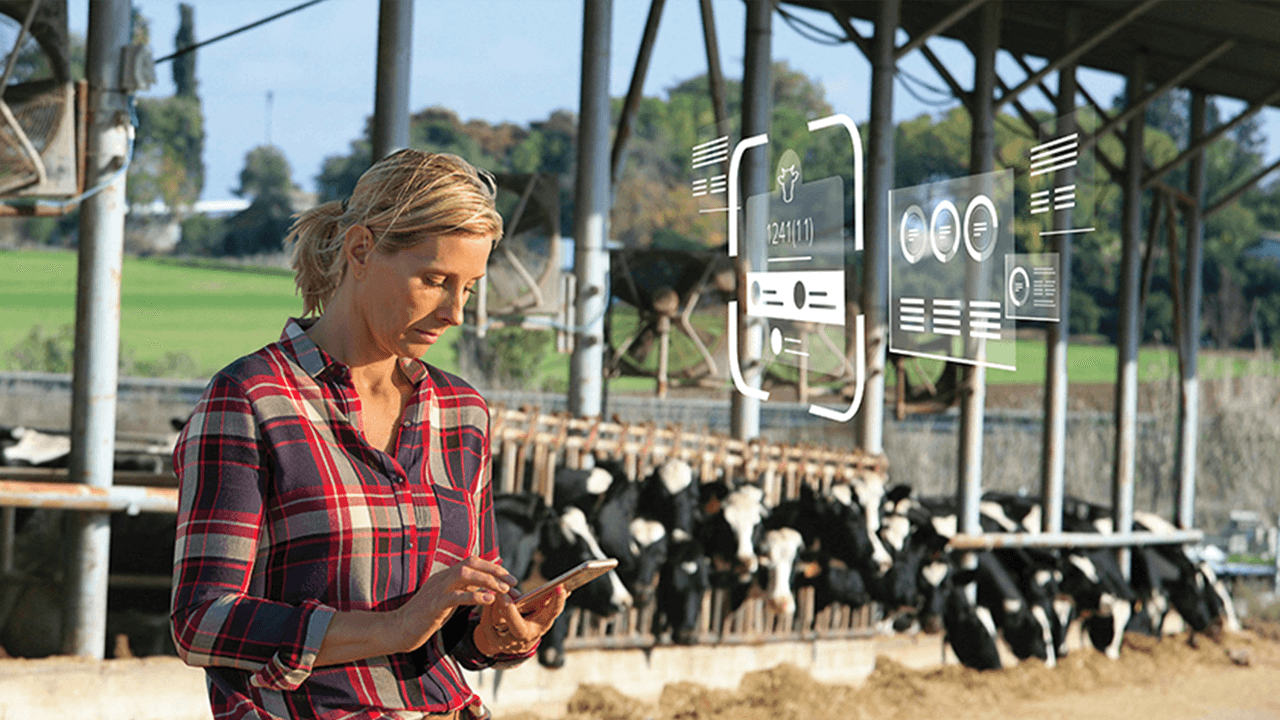
Waste Not. Want Not!
The farm is home to 1800 dairy cattle, with 1200 Holstein cows calving annually. Robhoek is spread across 240 hectares of irrigated ryegrass pasture and plants 60 hectares of maize for silage annually. The solutions presented here enable the farm to save costs on food and supplements as well as ensure that each cow is fed a diet tailored to its nutritional needs.
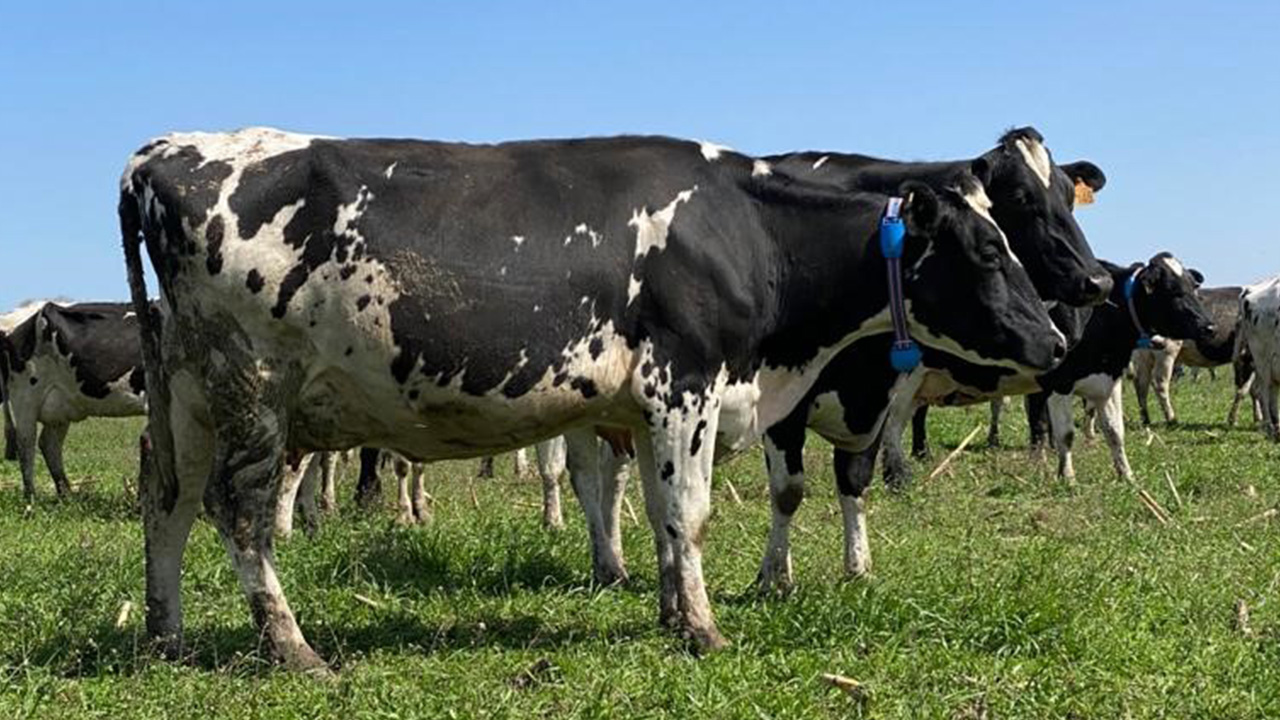
AfiCollar in Action! Based on the Real-Life Experience on Robhoek Farm, SA
A collar worn around the neck of each cow continuously measures neck movements providing accurate real-time information regarding each cow’s rumination and eating time, and neck activity (useful in heat detection). The data from the collars allows farmworkers to extrapolate critical information regarding cow health and wellbeing in real-time.
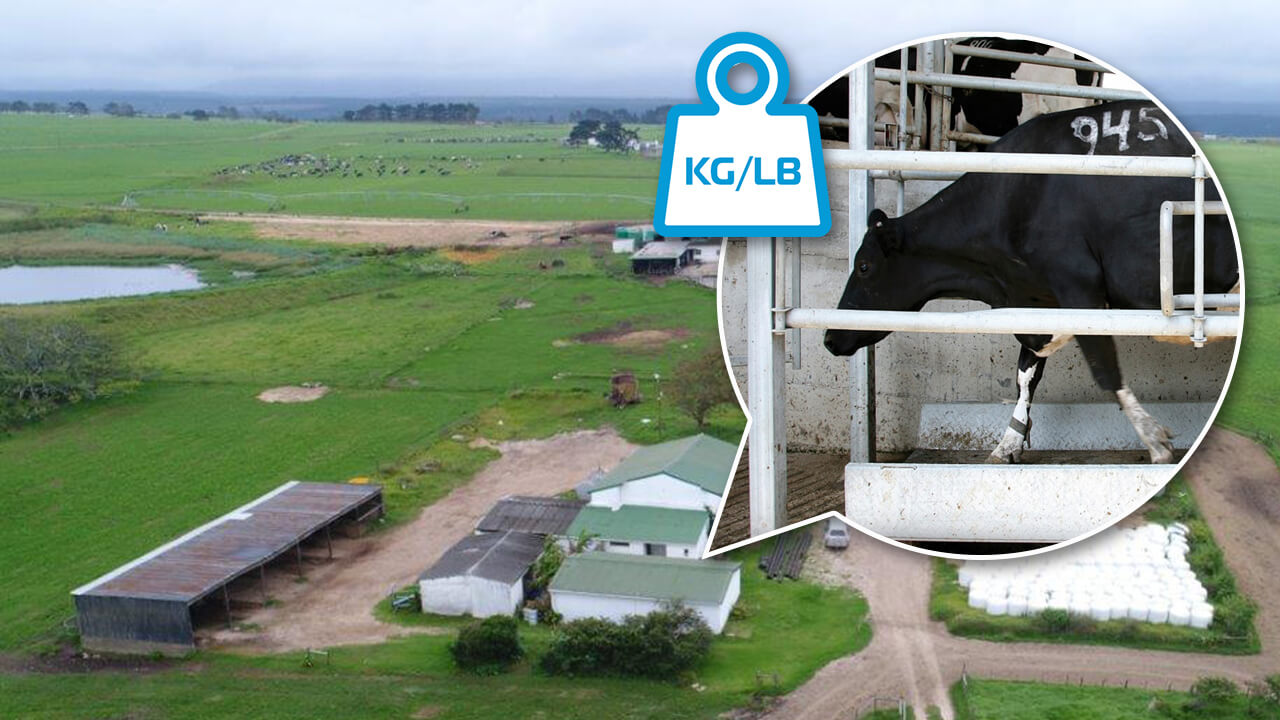
The “Weigh” to Higher Profit!
The story of a professional farmer who uses the AfiSort and Weigh system which identifies, weighs, and sorts the cows according to where they should go at each milking. Sort and Weigh helps him achieve important efficiency targets on the farm.
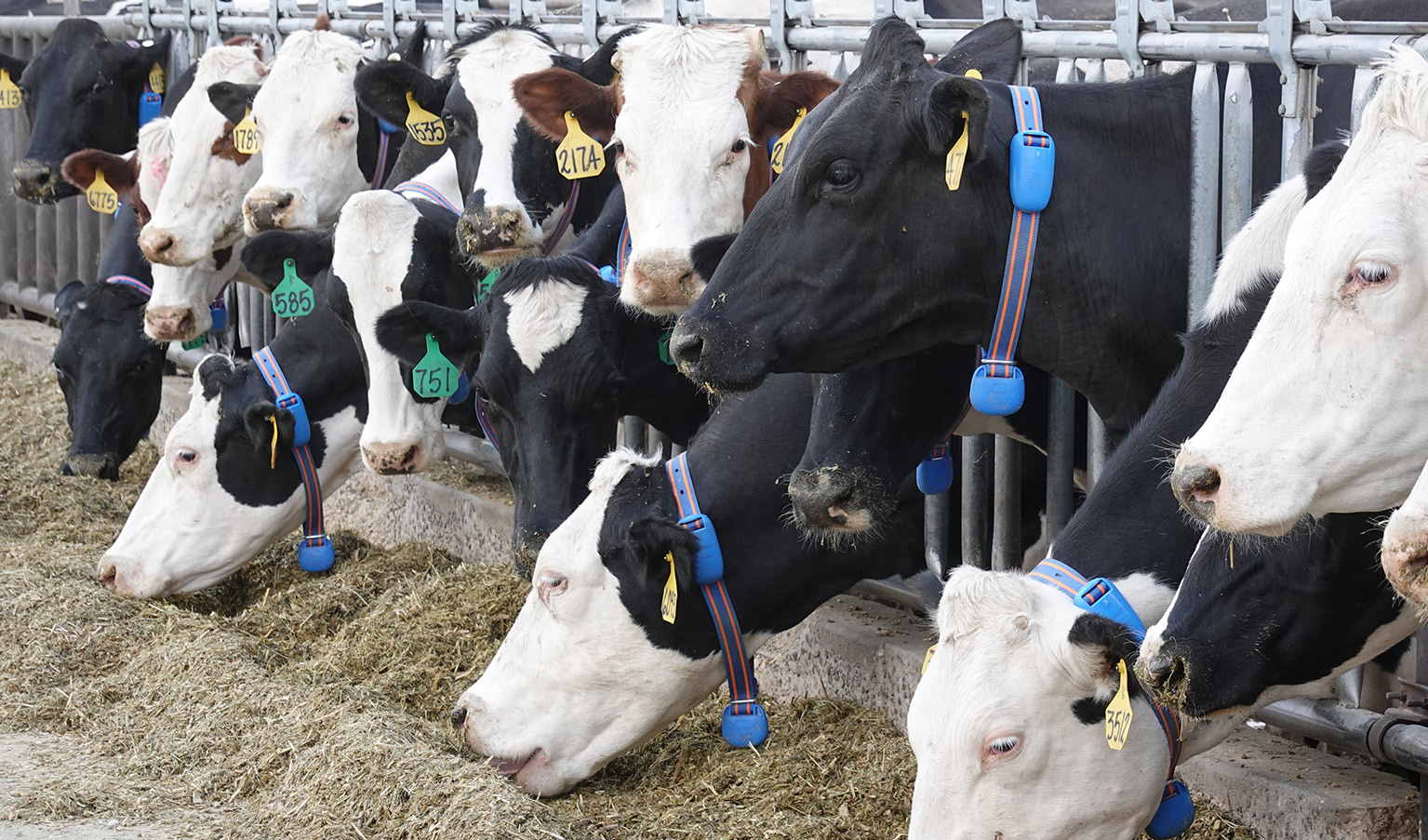
The Benefits of Monitoring Eating and Rumination in Individual Cows
As every dairy farmer wants his/her farm to perform to the highest level, it pays to track eating and rumination patterns so that any changes can be dealt with appropriately and any issues or problems can be quickly remedied.
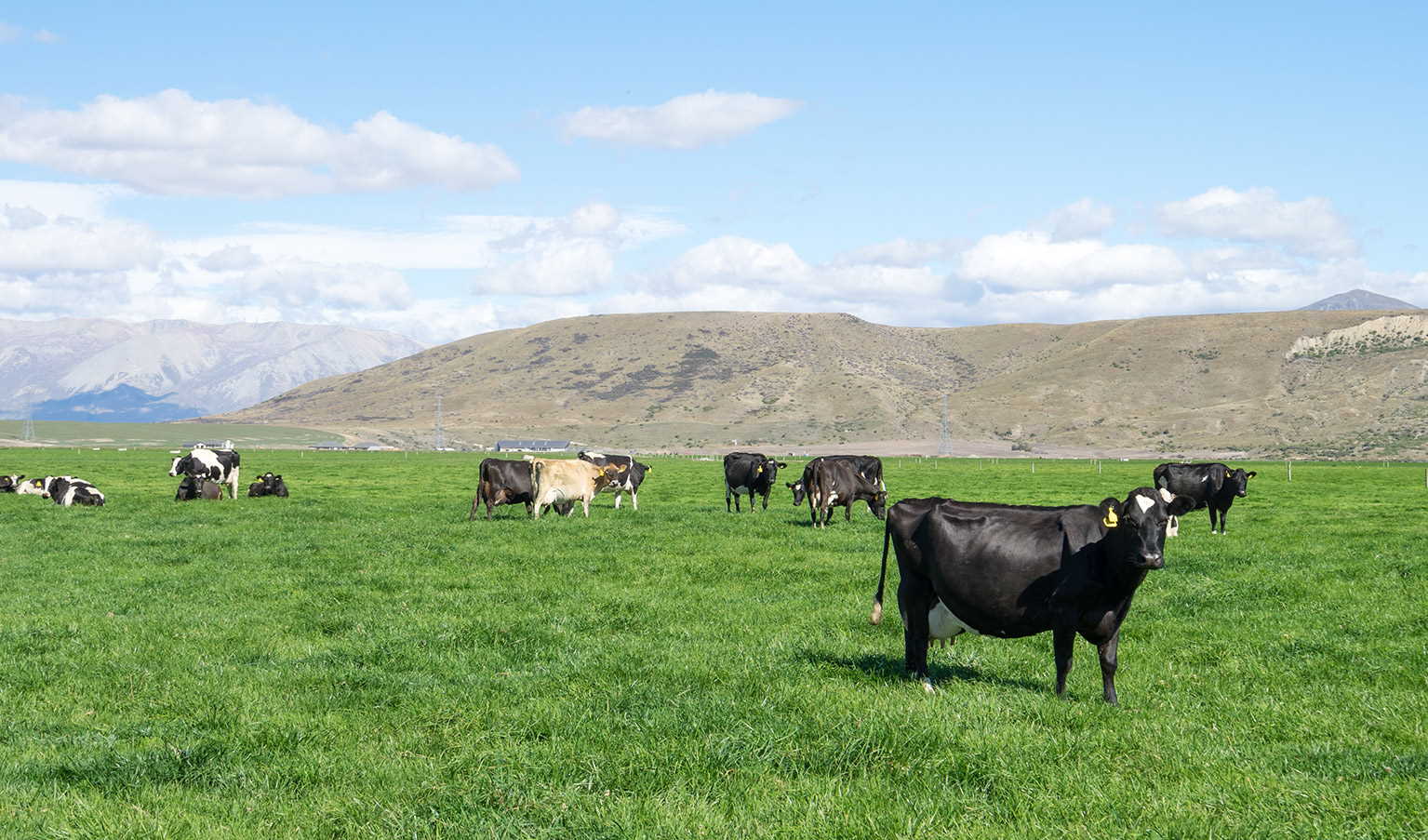
Study Shows Powerful Performance Benefits to be Gained from Tracking Eating and Rumination
A groundbreaking study carried out by the School of Agriculture and Environment at Massey University, New Zealand, found a powerful link between eating and rumination tracking using an Afimilk Cow collar and performance benefits on dairy farms.
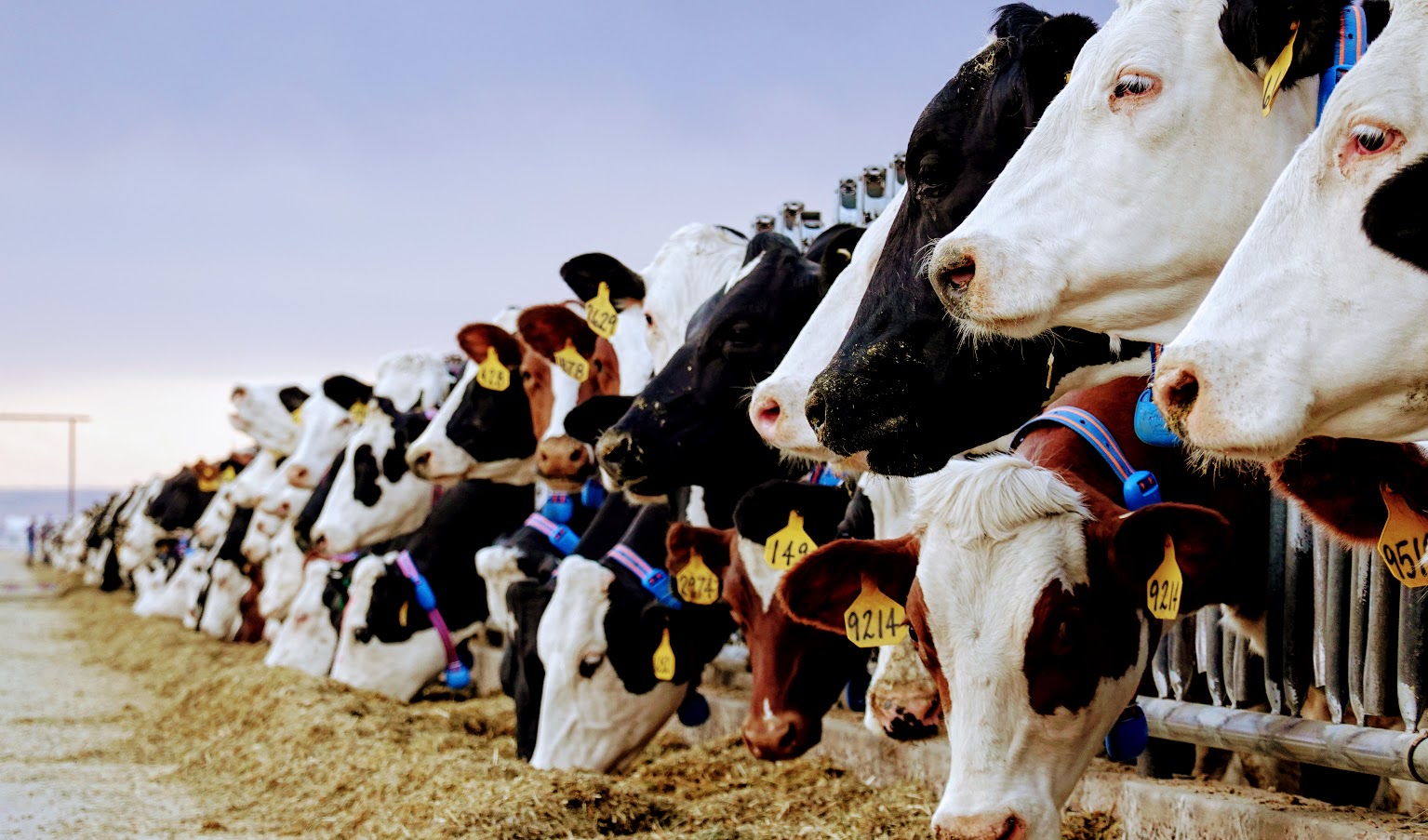
The Benefits of Tracking Cow Behavior as a Group
As a farmer, you may know every cow in your herd by sight. You may even have named them all and know each one’s individual quirks and habits. While there are tremendous benefits to monitoring each cow individually – especially when it comes to fertility – there are situations when group monitoring is equally as important and more efficient.
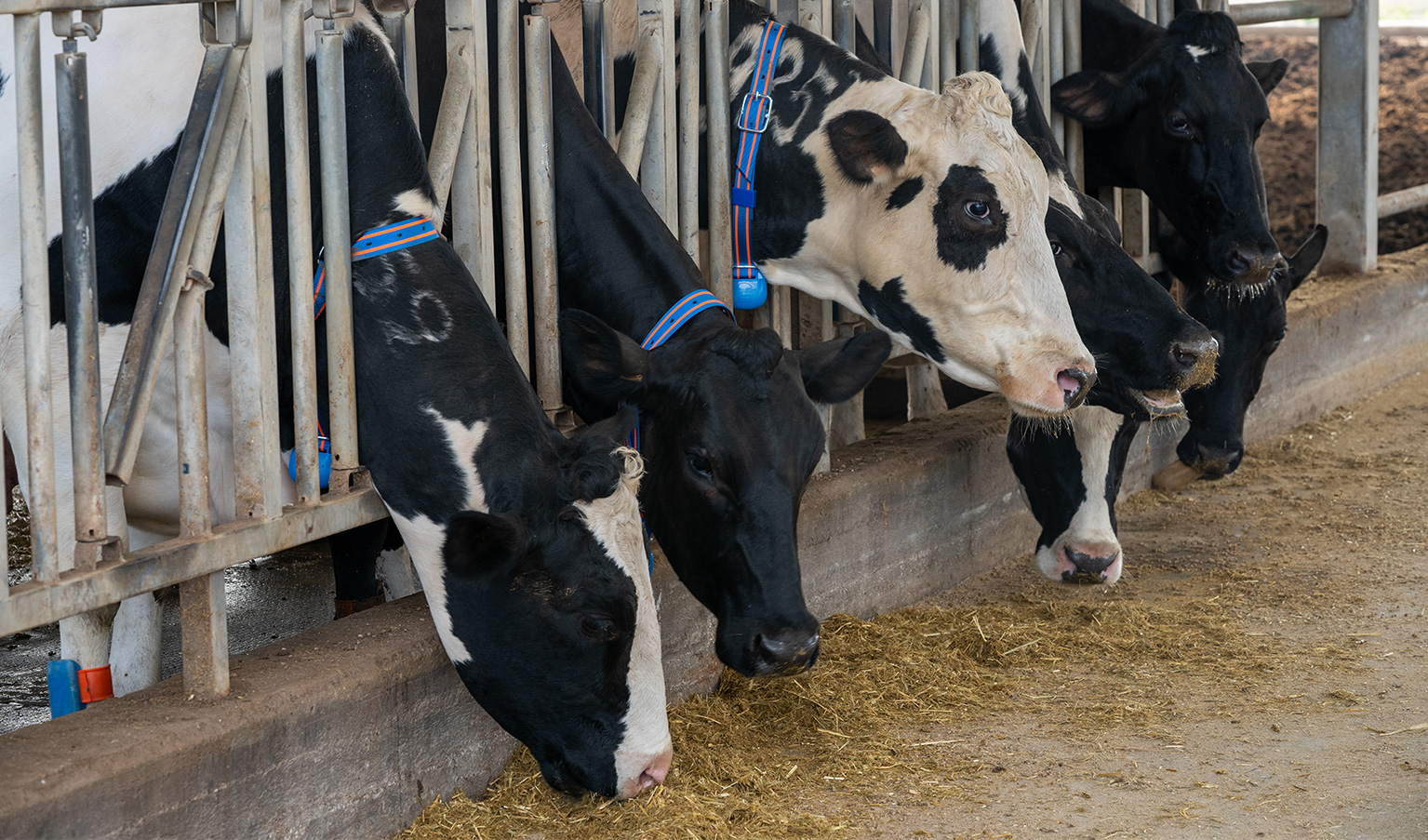
Healthy Cows, Healthy Profits!
Everything you need to know about successful cow health monitoring
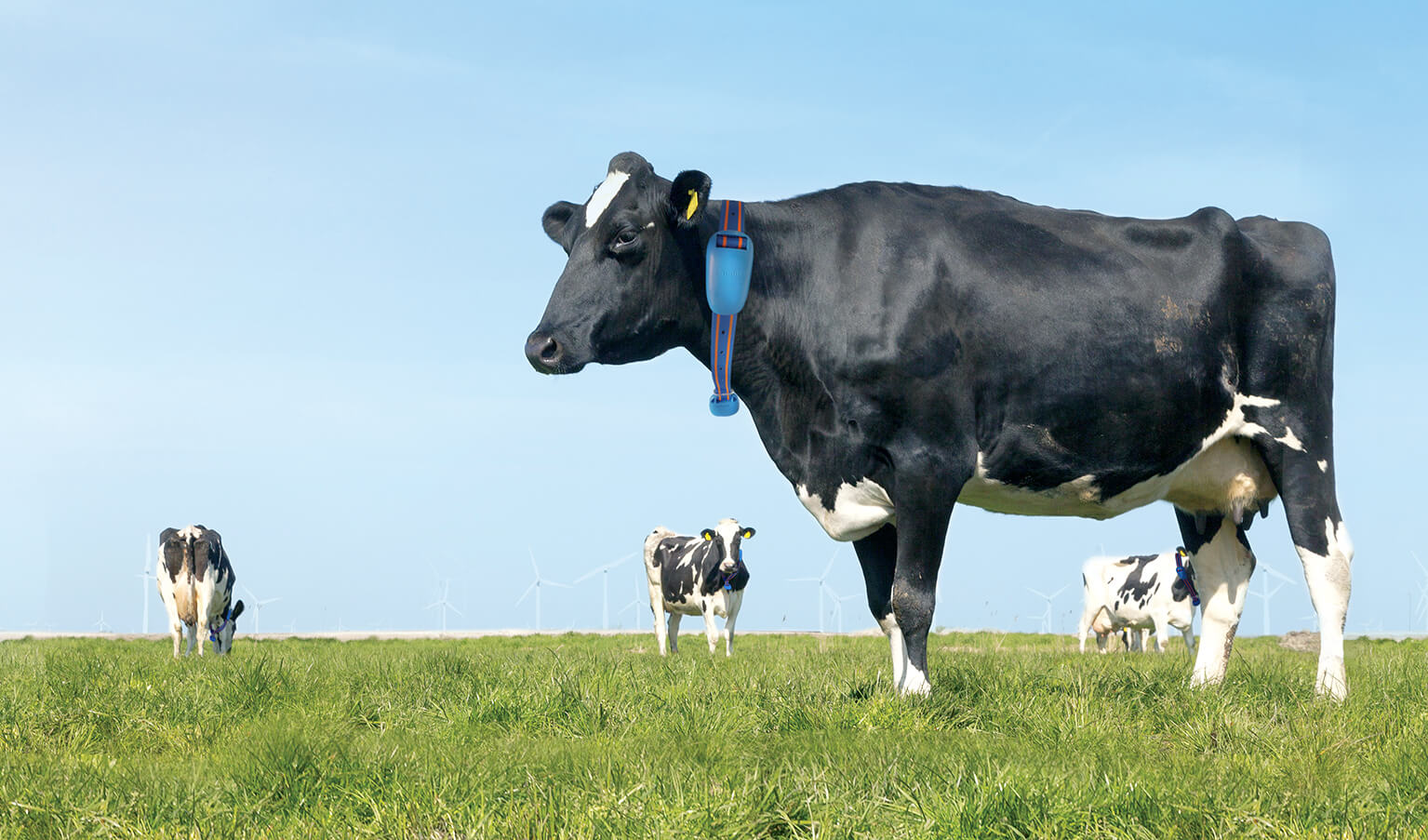
4 Daily Insights Every Farmer Needs for Efficient Farm Management
The goal of every farmer is to have a profitable farm that is run efficiently and smoothly. This goal has been around for generations, but
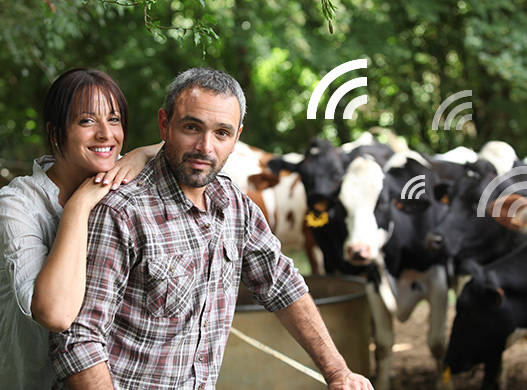
Those Were The Days… Or Were They? The Changing Lifestyle of the Dairy Farmer
Farmers have long been appreciated for the sacrifices they make to ensure our supermarkets are stocked with an abundance of produce. That said, the traditional image of the dairy-farmer rising before dawn to milk the cows while his dedicated wife hand-rears the calves and the kids rake out the cowsheds seems far-fetched today.
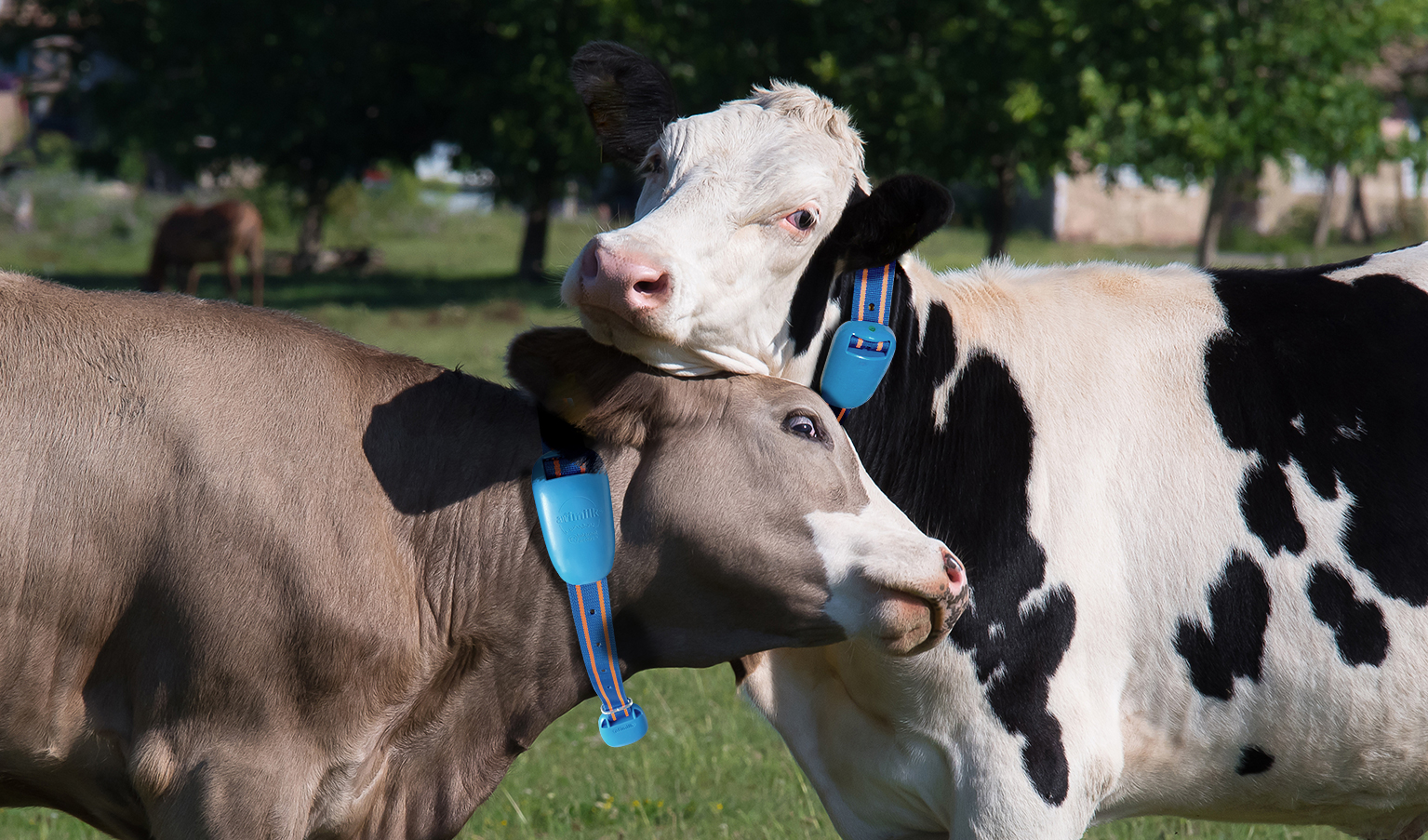
It’s Getting Hot in Here: The Most Effective Way to Track Cows in Heat
They say that timing is everything. This is definitely true when it comes to inseminating cows – the timing must be perfect in order for the insemination to result in conception.
When conception rates are maximized, cows become pregnant at the optimal time to ensure that milk production remains at its optimum level, resulting in healthy cows and a healthy bottom line for the farm. Despite the critical importance of conception rates, only 35-45% of cows get pregnant on the first insemination.
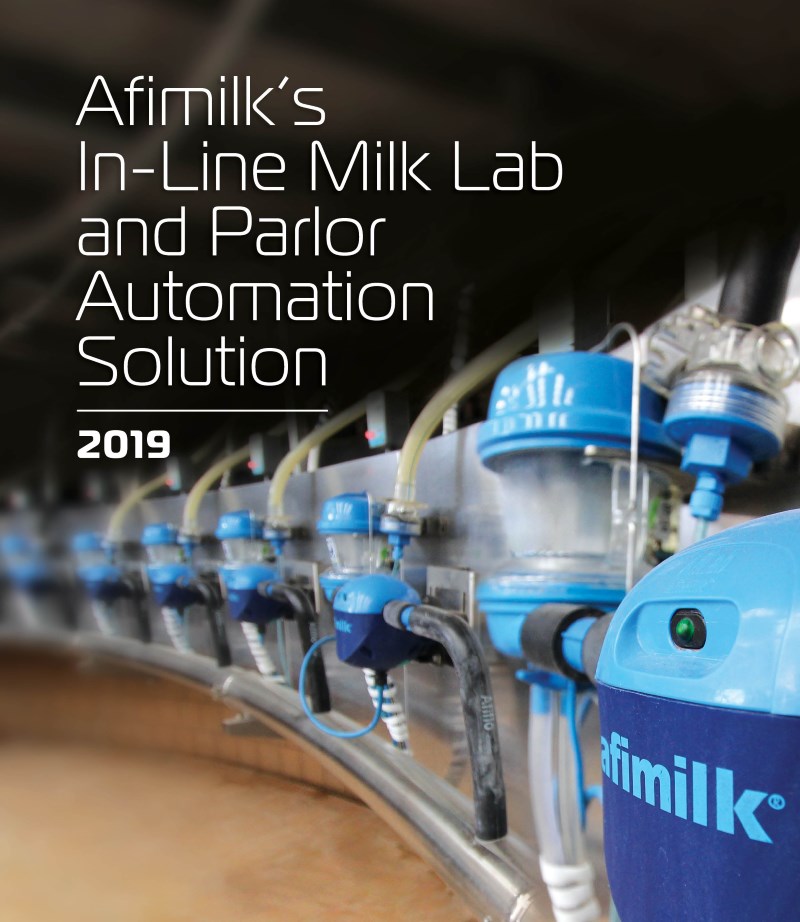
How to monitor energy balance using in-line milk testing
The physiological condition of any animal is reflected in the components of its body fluids, such as milk in a dairy cow. Using an optic sensor, we can measure milk composition (fat, protein, lactose and blood) for each cow during every milking.
Afimilk Projects
Afimilk Projects has vast worldwide expertise in setting up dairy farming projects from large-scale operations to small farms.
Afimilk MPC
Get full control over milking process at every milking point – for healthier udders.
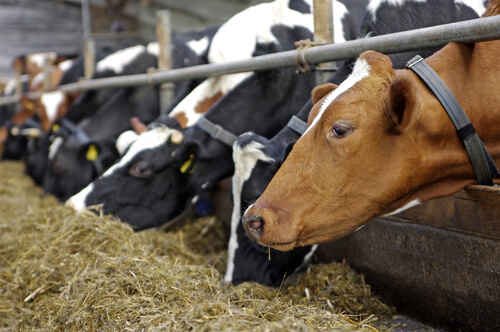
Feeding cows as individuals will optimise yields and profits
Treating cows as individuals and going back to thinking like a cowman rather than a herdsman will optimise yields and profits, said South African dairy farmer Nigel Lok at this week’s British Cattle Breeders Club Conference, Telford.
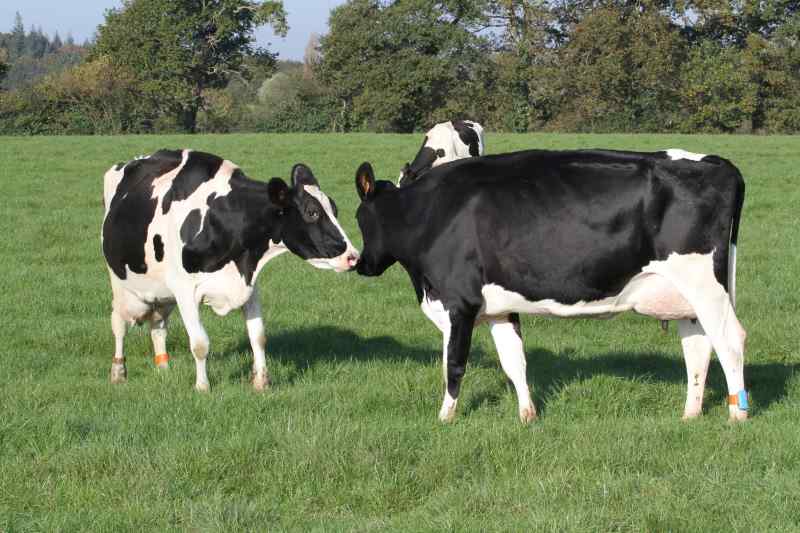
Activity monitors: More than just heat detection
To assure cows calve at optimal intervals and maintain milk production at peak levels of efficiency, it is necessary to constantly keep a close eye on the cows, which isn’t always an easy task. Automated heat detection systems are making this possible in today’s industry. However, most systems on the market, including AfiAct, provide the producer with more that just a heat detection tool.

Chasing a dream: One woman’s fight for a dairy farm life
When we put Leontien VandeLaar on the cover of our 2011 “Women in dairy” issue, we knew she had a powerful story – but we were blown away by just how many connected with the Indiana dairywoman.
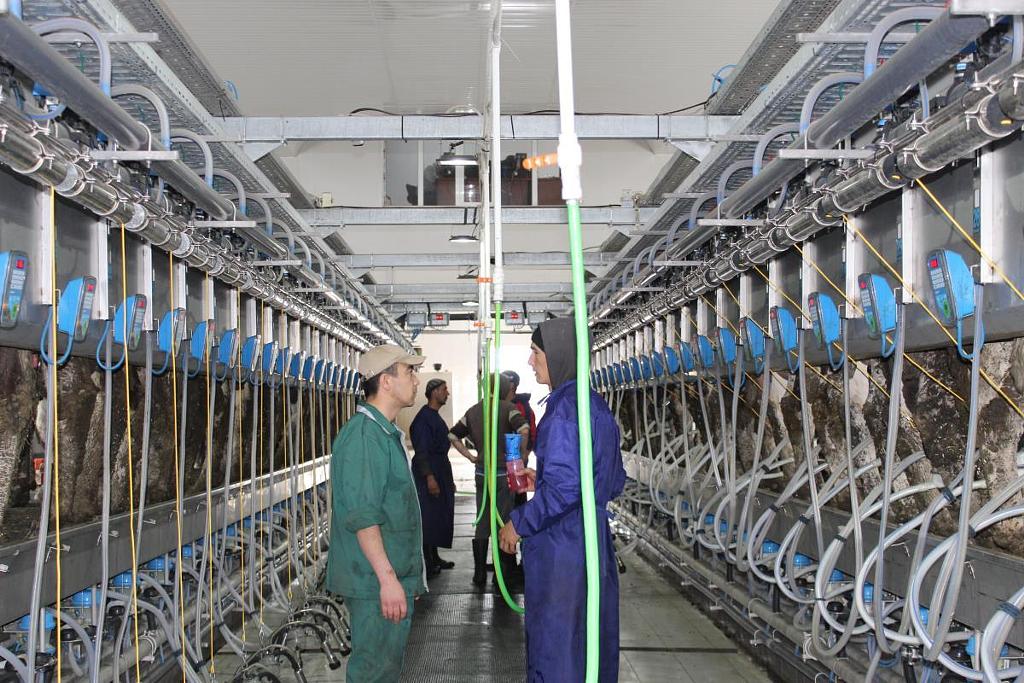
Israeli dairy herd firm wins huge Belarusian tender
AfiMilk won 12 million-euro tender to provide its advanced milking parlors to locations around the Eastern European country.
AfiLab for Ketosis detection
In-Line Milk Lab consists of two sensors for decision support and early detection of health issues.
Afimilk needs & solutions
We are here to provide diary producers with the technology and knowledge to profitably produce high quality milk.
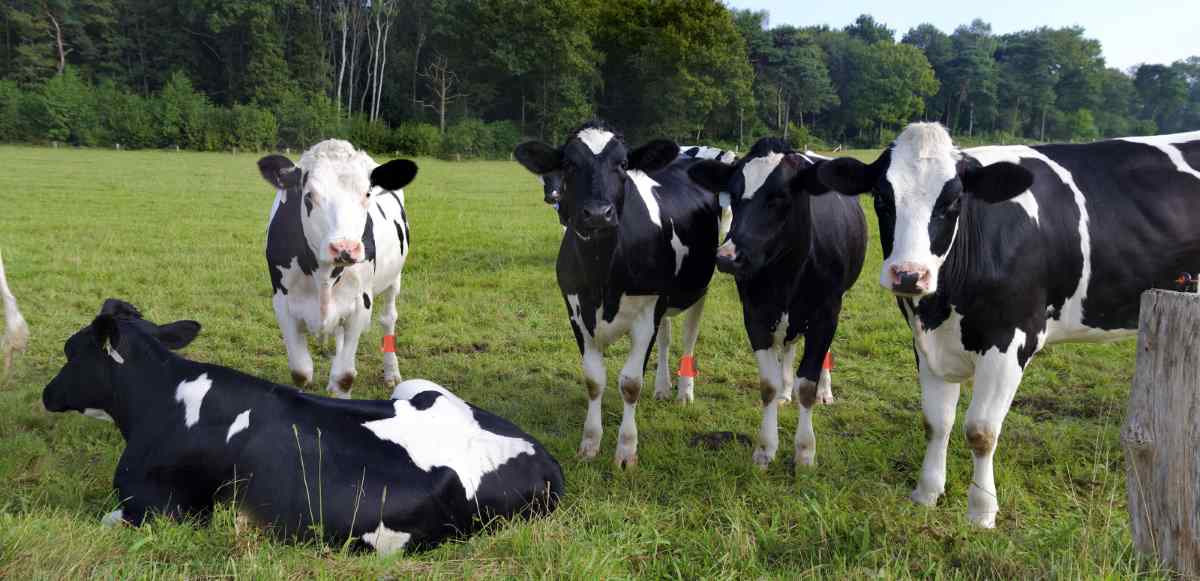
Questions to Ask When Choosing a Cow Activity Monitor
Dairy producers have long understood the importance of visual cues in determining cows’ fertility and health status. Since round-the-clock observation can be impractical and labor-intensive, especially on larger operations, many dairies are now turning to technology for cow monitoring solutions.
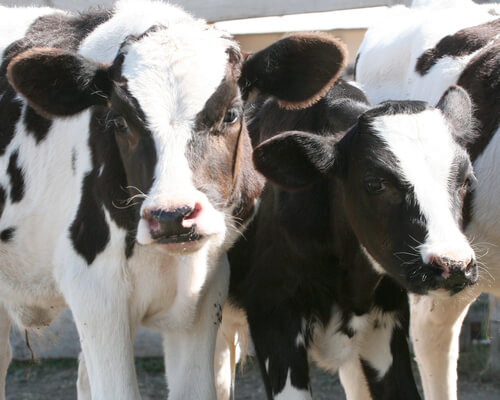
Calving Alert Systems: Know Exactly When Your Cow is Calving
Technology takes monitoring cows at calving time to a new level. Knowing when a cow is going to calve can improve calf and cow survivability as assistance can be provided during difficult calvings and colostrum can be fed promptly after birth.
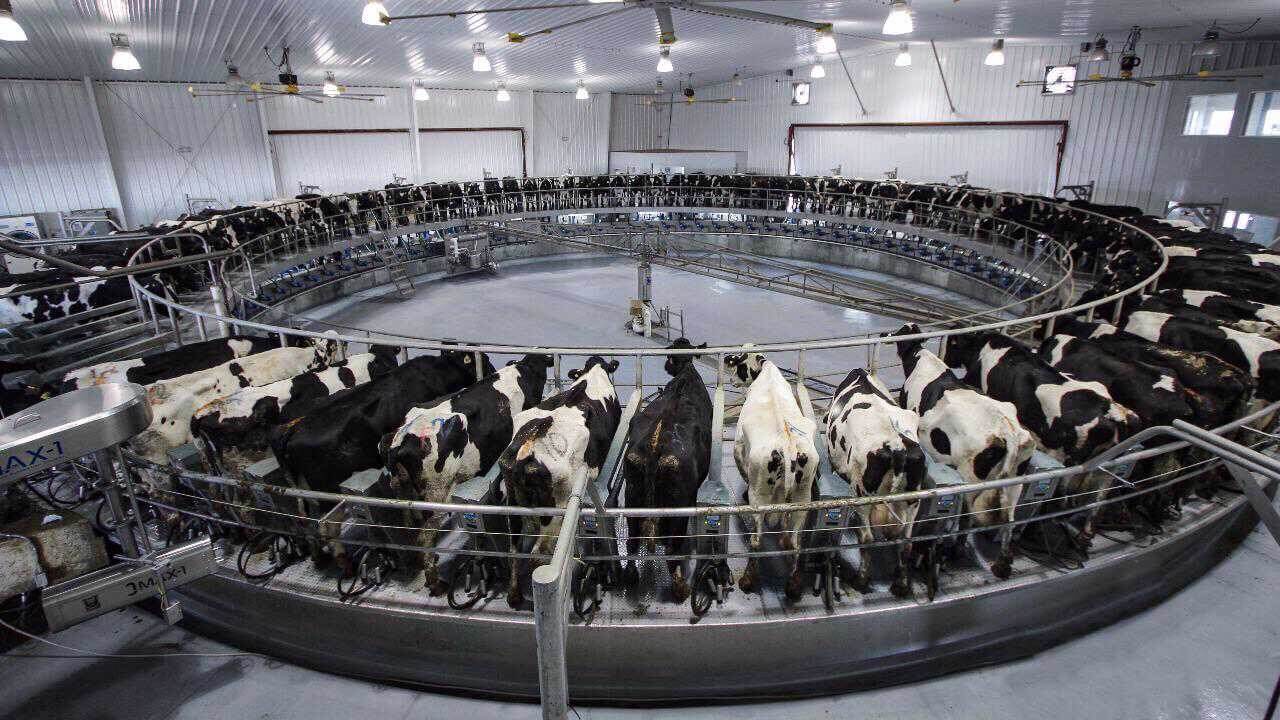
Using conductivity for early mastitis detection
Early detection of mastitis is considered the best option to allow cows a quick recovery. Mastitis detection by seeing clinical signs, may prove challenging in large farms with high throughput or in cases of subclinical mastitis that doesn’t show clinical signs yet. New technologies automatically detect mastitis, before the cows show clinical signs.
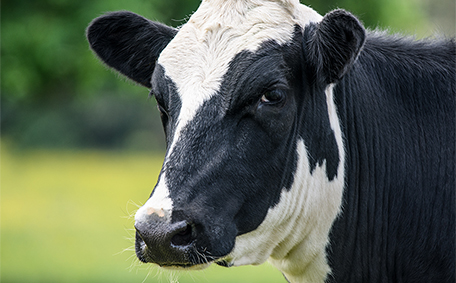
Detecting lameness earlier using an activity behaviour system
Lameness is one of the most common and most economically destructive production diseases of dairy cows. It is associated with a reduction in milk yield and fertility and an increase in culling rate and medical costs.
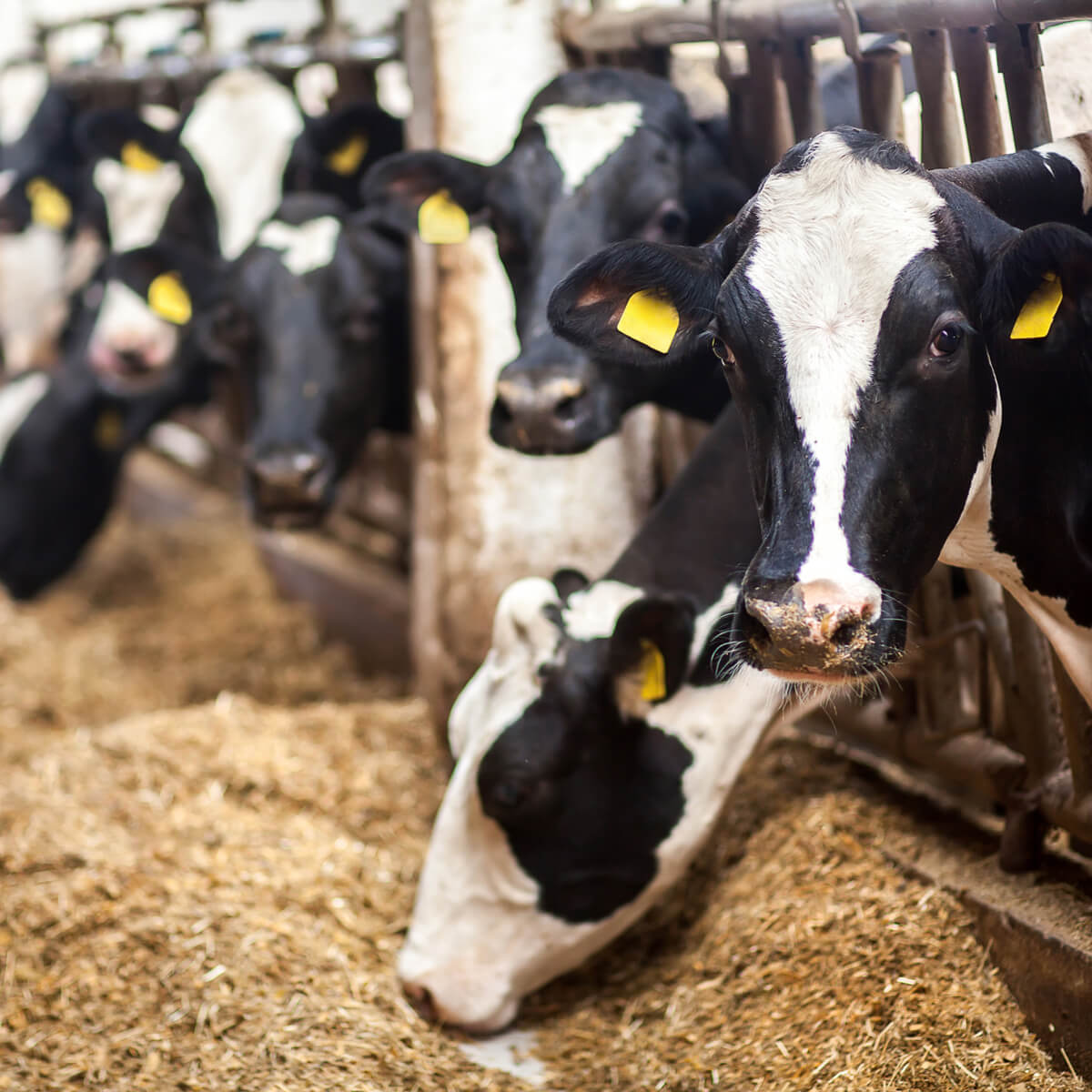
How to improve heat & estrus detection in dairy cattle
The onset of estrus in dairy cattle is accompanied by changes in physiological activity, rumination and feeding behavior. These alterations can be monitored via direct observation or through the use of automatic sensors.
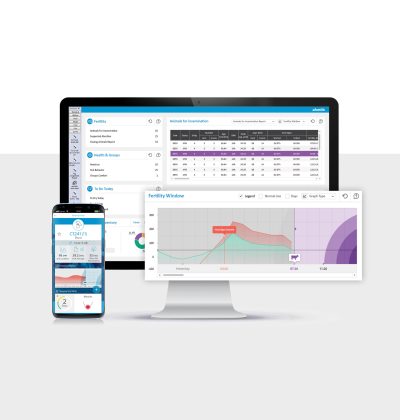
Oregon State cows monitored 24-7 with telemetric monitoring system
The Dairy Research Center at Oregon State University served as the first U.S. farm to test out a new telemetric monitoring system. The system included a leg pedometer that measured steps and lying downtime, two types of in-line probes that measured milk production, and a scale that weighed each cow after every milking.
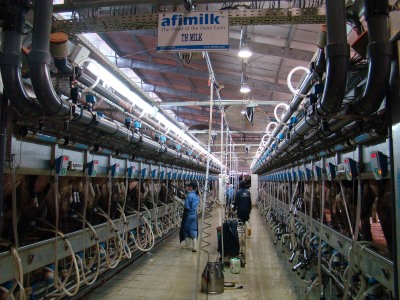
Milking Israel’s dairy expertise in Vietnam
New Zealand cows arriving by the boatload in Vietnam as part of an Israeli-led.
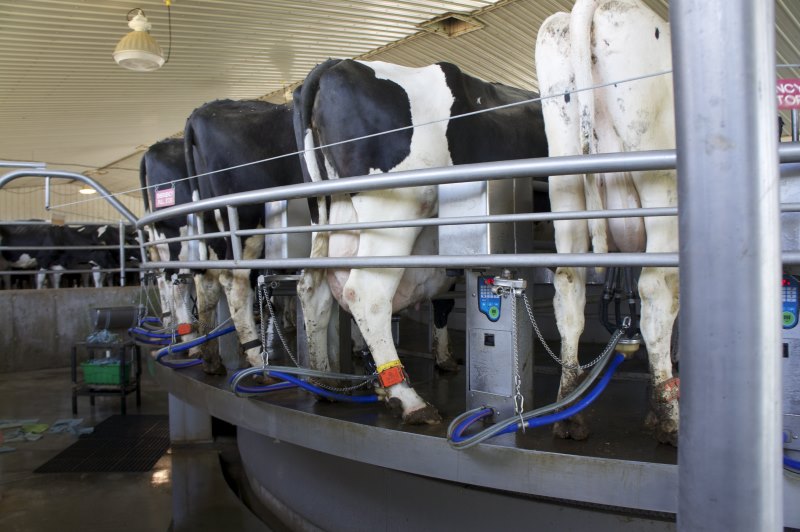
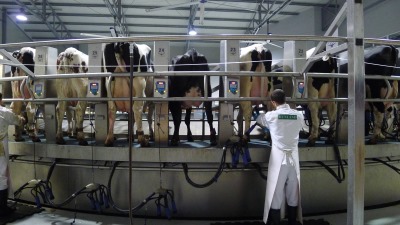
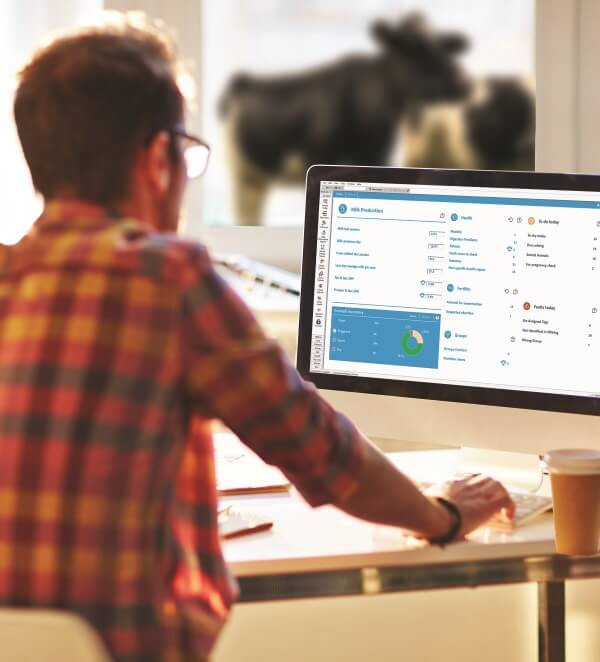
Innovative technology for automatic washing
Polish company Polanes Milking System have used innovative technology to produce Aquatronic for use in milking parlours. The device includes two main components – the Aquatronic controller and the Aquabox unit.
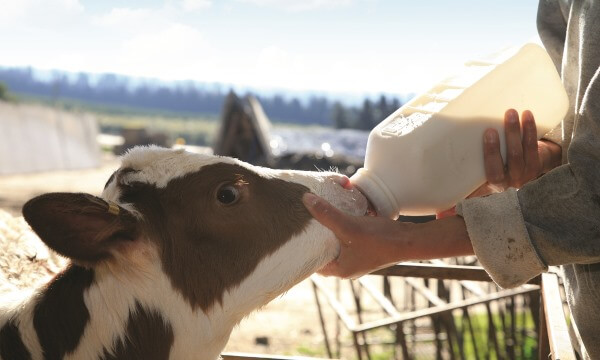
The unstoppable advance of heat detection systems
Dairy farmer Johannes Loubser was very enthusiastic about his heat detection system in HI`s reproduction series. South Africa is not alone. Around the world, thousands of farmers trust their “assistant”, who for 24 hours a day, seven days a week, tirelessly signals which cows are in heat. Three specialists and farmers from Europe, Israel and U.S. share their experiences.